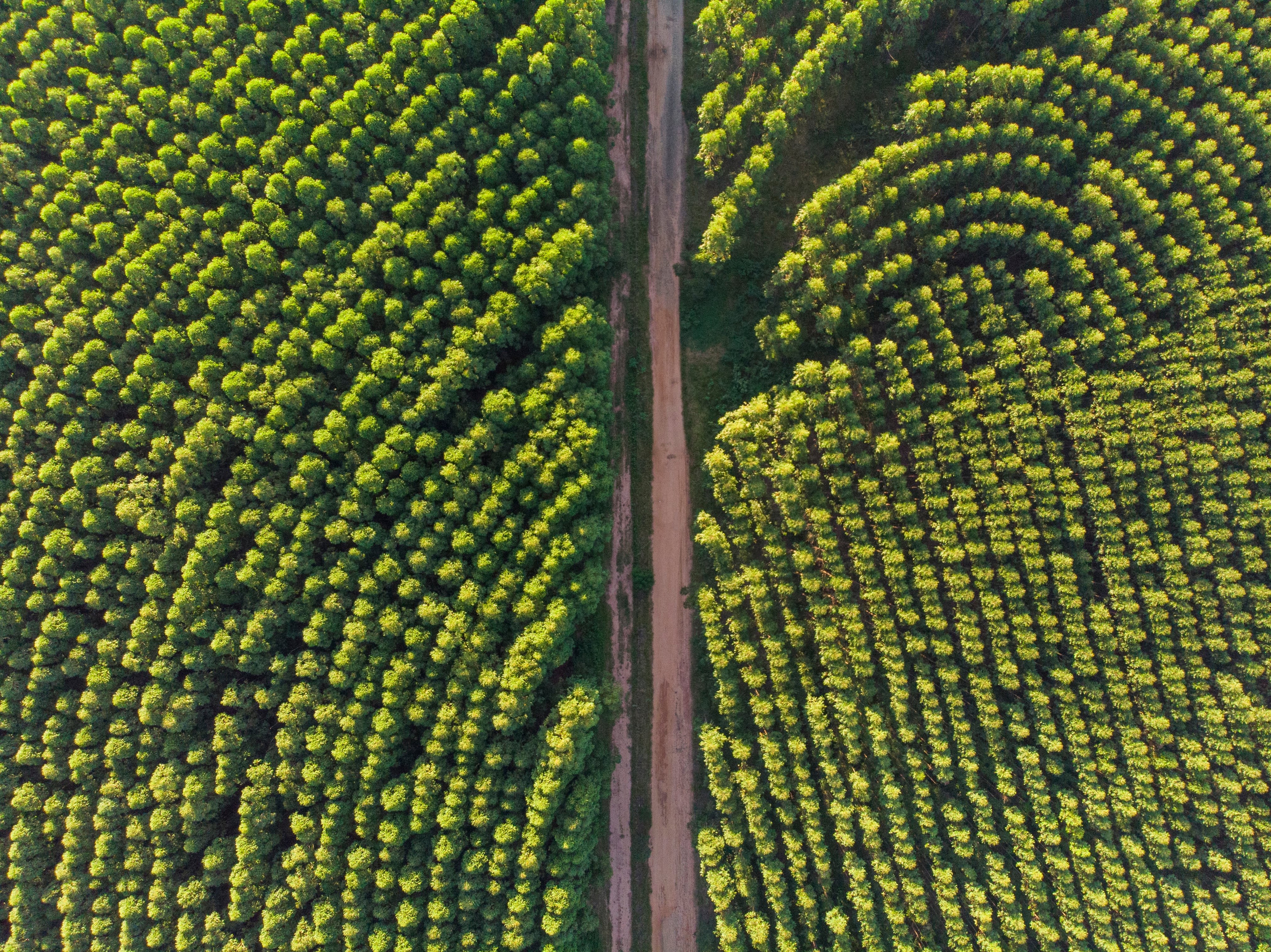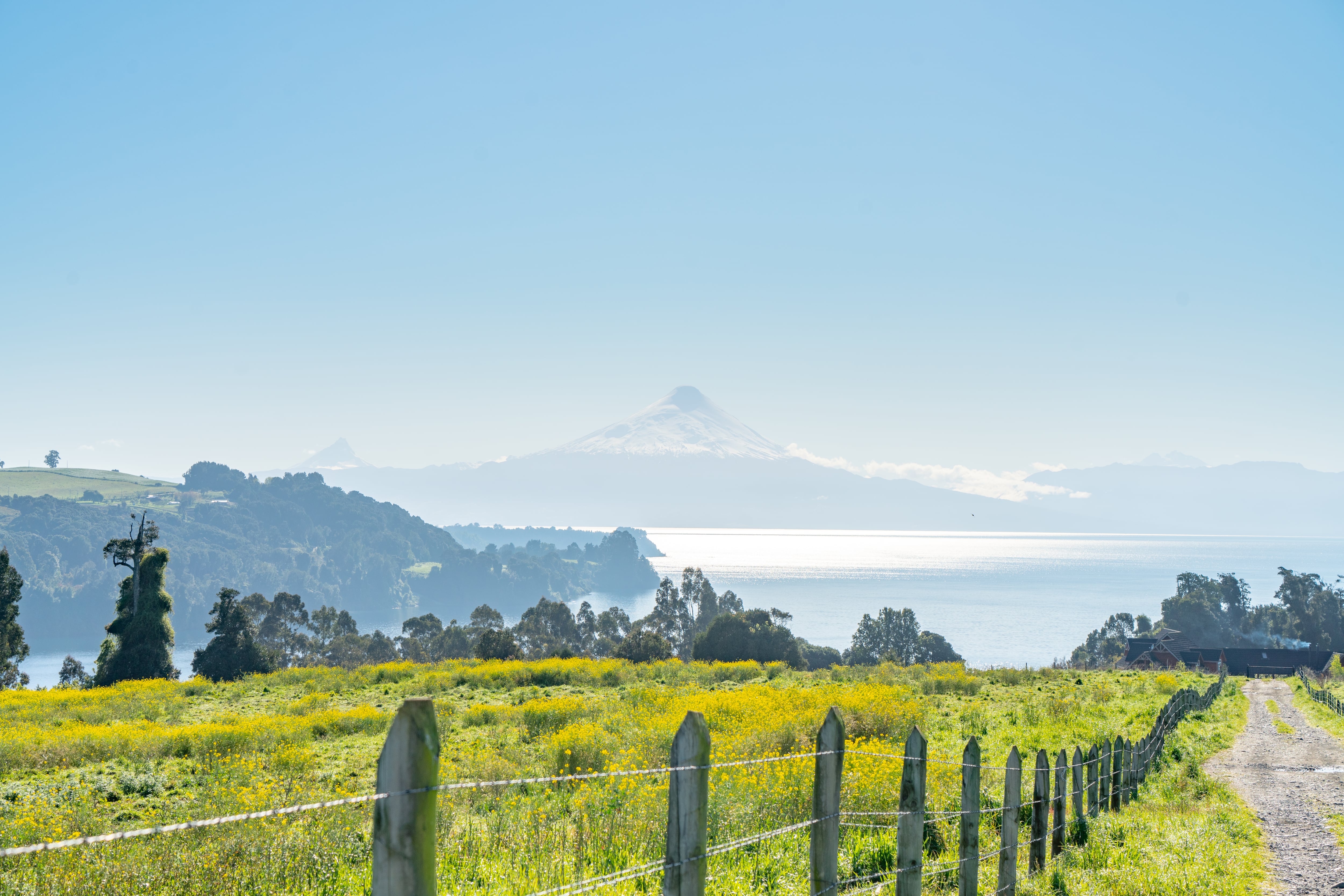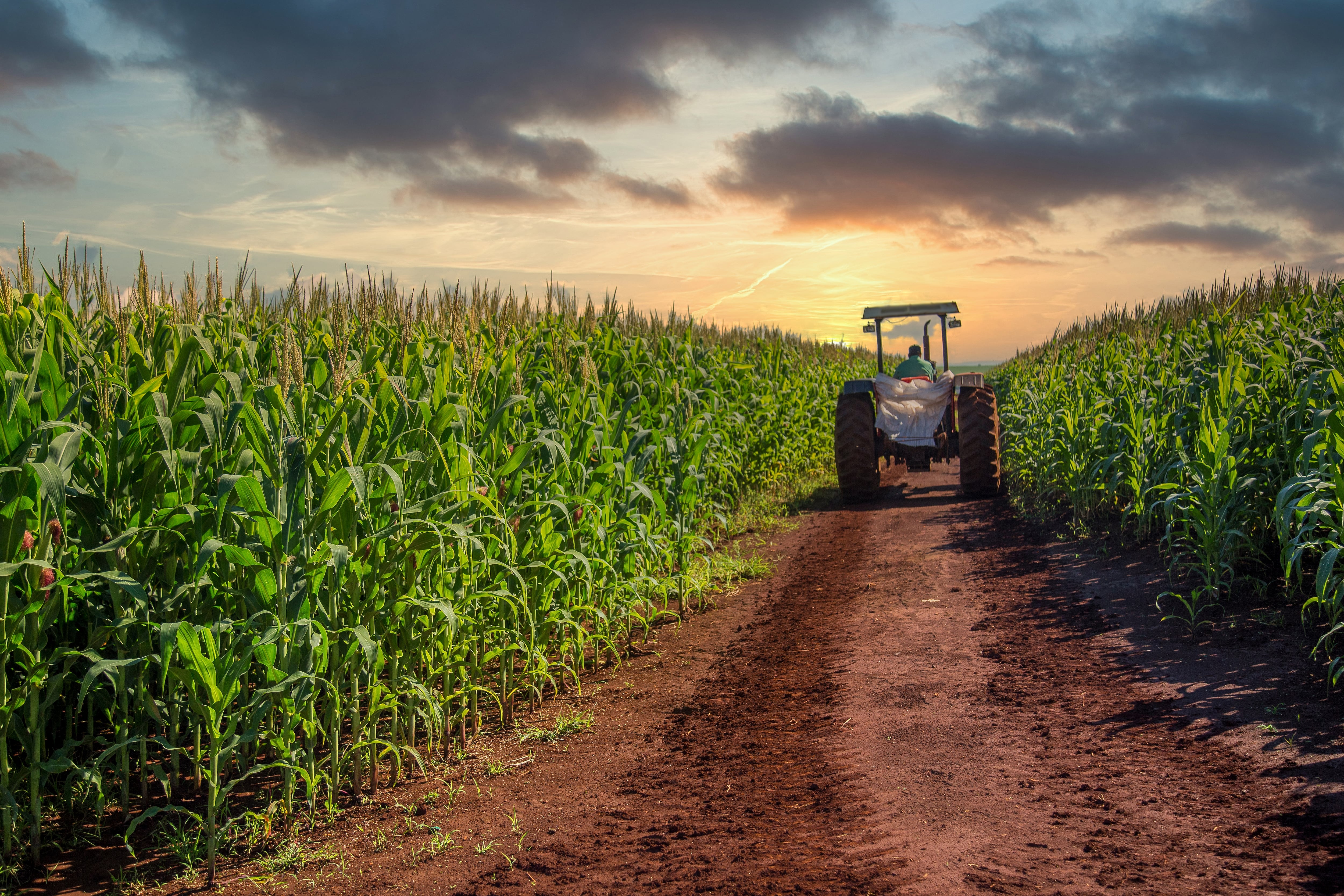Grão Direto, the leading digital grain trading platform in Latin America, has raised $15 million in its latest investment round as it seeks to accelerate the modernisation of grain markets.
Led by Kaszek, the largest venture capital fund in Latin America (making its first investment in agriculture), the round also saw participation from key investors such as the Venture Capital arm of Bradesco, CME Group, SLC, and Endeavor.
Previous investors into the Brazilian company include Leaps by Bayer, BASF, ADM, Amaggi, Cargill, and Louis Dreyfus Company.
Grão Direto’s says the latest investment solidifies position as a key driver of digital transformation in grain trading.
“We are uniting global leaders to drive a crucial innovation in agribusiness: the digitalisation of grain trading,” said Alexandre Borges, CEO of Grão Direto. While Brazil and the US lead global production, both still face challenges in modernising their commercialisation processes.”
The platform currently processes over 40 million price points daily and has more than 85,000 active users, 14,000 grain delivery and pickup points with real-time pricing.
The newly secured funds will be allocated to strengthening the platform and expanding its offerings in agribusiness. Half of the investment will be dedicated to enhancing technological solutions, including real-time pricing and transactions, digital barter innovations, and new AI-driven tools.
The other half will focus on expanding financial services, including receivables factoring, grain-backed credit cards, and futures contract-linked financing solutions.
“Our mission is to empower farmers and the entire agribusiness value chain,” Borges said. “Farmers are at the heart of agriculture, facing immense daily challenges, and it is our responsibility to ensure that agribusiness beyond the farm gate is as modern as the innovations happening inside it. Through technology, Brazil is proving that it can lead not only in productivity and quality but also in pioneering new business models on a global scale.”
We asked Grão Direto CEO Alexandre Borges a few more questions about the latest fundraise.
ATN: Why is the digitalisation of grain trading so crucial?
AB: The digitalisation of grain trading is not just a Latin American opportunity—it is a global one. After all, we are talking about a market made up of thousands of farmers worldwide, with prices fluctuating every second, highly dynamic market conditions, massive transaction values, complex logistics chains, and vast amounts of data, compliance checks, and information (back office, ESG, credit, etc.). Yet, despite all this, the majority of transactions are still conducted in an analog, disconnected manner, often relying on phone calls. In other words, the digitalisation of grain trading has the potential to unlock significant value for farmers and agribusinesses worldwide.
This is even more relevant in Latin America, given the sector’s major importance to the region’s economies. Another key aspect is that Latin American countries still face far more logistical, regulatory, credit and tax bottlenecks compared to markets like the US. As a result, innovations in this space can help bring greater efficiency, access and transparency to their business environment. Furthermore, agriculture is one of the few industries where countries like Brazil are global leaders—not just in commodity exports but also in pioneering new business models. This expands their ability to create economic value beyond traditional production and trade.
ATN: What kind of opportunities will be offered farmers should grain markets successfully modernise?
AB: The benefits are numerous and far-reaching. One of the primary advantages is greater transparency and an enhanced ability to track price fluctuations, market conditions, and available offers, facilitating better decision-making and significantly improving the efficiency of connections and interactions between different players. Additionally, there are various other benefits, such as the customisation of trading conditions and new commercialisation models tailored to different profiles and needs, increased credit availability associated with grain transactions (and, thus, with more favorable rates and conditions), better market data (improving not only decision-making but also expanding risk management service offerings), and a positive environmental impact (allowing compliance with environmental regulations and more sustainable practices to be digitally integrated into transactions).

A clear real-world example is barter transactions, which are widely used in Brazil. These transactions function as a form of credit for farmers, allowing them to receive inputs in advance (such as fertilizers, seeds, and crop protection products) in exchange for a portion of their future production. While highly beneficial to farmers, barter could be much more widespread if it weren’t so complex and costly, as it requires establishing the exchange ratio between grains and inputs (not to mention the lengthy bureaucratic process involved).
Today, with digitalisation, we can execute barter transactions much more quickly, securely, and efficiently, enabling a broader range of companies to participate, offering more products, and impacting a significantly larger number of farmers, including smaller producers who were previously excluded.
ATN: What about your bottlenecks?
AB: While many agtechs struggle with a lack of connectivity in rural areas, this is not an issue for us because we don’t need the farm to be connected. Today, smartphone adoption is ubiquitous among soybean and corn producers, for example. Therefore, connectivity is not a bottleneck in our operation.
The challenge is not whether this potential user is connected, but rather how to create an intuitive platform that “speaks their language,” makes them feel represented, and delivers clear value. After all, farmers are not typically drawn to hype; they adopt new solutions when they perceive tangible and positive value in their daily lives. That’s why we have a dedicated team that immerses itself in the reality of farmers and translates this knowledge into a digital solution that truly makes sense for them. It is no coincidence that we continue to have our headquarters, with more than 150 people working with us, in a mid-sized city in the countryside of a key agricultural region.
Additionally, we are always present at agricultural fairs and actively organising our own events to bridge the gap between the offline and online worlds. Moreover, we have recently incorporated our proprietary artificial intelligence, named AIrton, to make the user experience even more natural and intuitive, acting as a conversational agent that supports both farmers and buyers throughout their journeys.




